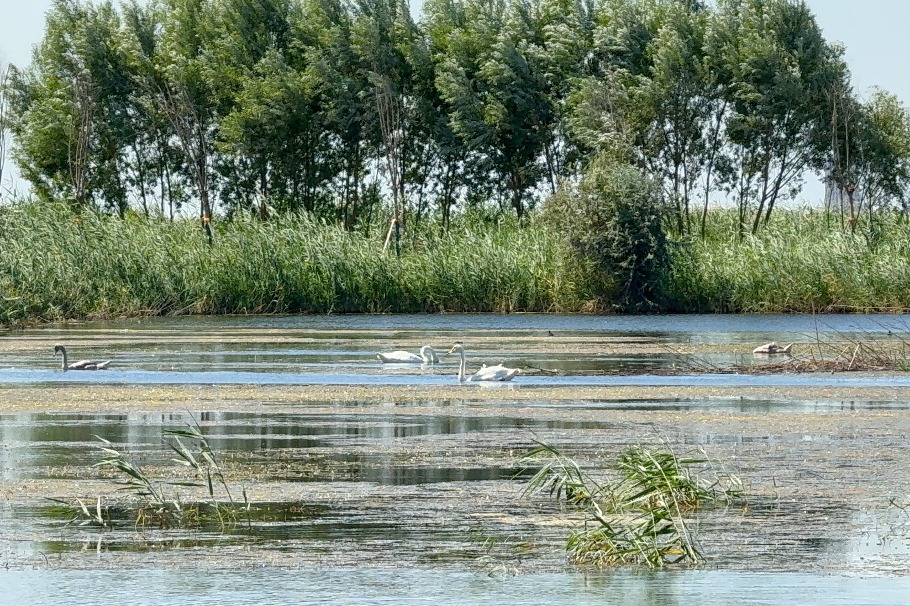WHERE HISTORY COMES ALIVE
Moves to integrate culture and tourism continue amid greater understanding of what went before, Li Yingxue reports in Wuhan.

On an open stage, built with reeds and war drums, dancers gracefully move with willow branches, showcasing scenes of sacrificial rites, labor, love, conflict and triumph as they tell the story of Panlongcheng from 3,500 years ago to the engrossed audience.
The Panlongcheng Site, located in Wuhan, Central China's Hubei province, dates back to the early Shang Dynasty (c. 16th century-11th century BC). It is one of the largest and richest archaeological discoveries in the Yangtze River Basin.
The dancers' costumes, such as the adornments on the outer garment, are patterned like the bronze artifacts unearthed from the Panlongcheng Site. Dancers also wear masks resembling a well-known "Bronze Mask" unearthed there.
As the dancers perform under the sunlight, these artifacts cease to be mere inanimate objects confined to a glass exhibition case in a museum. Instead, they transform into vibrant witnesses of the past and provide an entrance through which the imagination can wander.
Cheng Zhi Gen ("root of the city"), the original environmental dance drama with five acts, premiered on May 1 at the outdoor theater of the Panlongcheng Site Museum.
Throughout the 40-minute performance, symbolic cultural relics from Panlongcheng Culture appear, such as the yue weapon, representing military power that runs through the entire show, and the "Bronze Tripod", which is the museum's most prized cultural treasure.
The show is a collaborative production between the Wuhan Singing and Dancing Institute and the Panlongcheng Site Museum.
This is a prime example of culture and tourism integration trials being carried out by national archaeological site parks across the country.
Panlongcheng National Archaeological Site Park was established by the National Cultural Heritage Administration in December 2017.
As of the end of last year, there were a total of 55 national archaeological site parks and 80 projects located in 27 provincial-level administrative regions and municipalities, including the latest addition of 19 national archaeological parks and 32 project units that were announced in December.
According to Xiong Tao, head of the Wuhan Singing and Dancing Institute, when they performed previously in museums, they usually presented a classic repertoire. However, this environmental dance drama was specifically tailored for the museum by them.
In the initial stage, Xiong says, his creation team visited the site at least 10 times, and combined various dance genres in the drama, including contemporary, classical and modern dance, to appeal to a wider audience.
During the Labor Day holiday, the daily reservations for the Panlongcheng National Archaeological Site Park soared beyond 10,000. The premiere of the environmental dance drama drew a total of 300 guests per day.
Due to the enthusiastic response, the museum plans to continue running the show on weekends this month and in June.
A work conference on the development of China's national archaeological site parks was held in Wuhan from April 17 to 19.
The China Academy of Cultural Heritage released the development report for National Archaeological Site Parks (2018-22) during this event. Between 2018 and last year, national archaeological site parks in China had organized more than 4,700 events and received 146 million visits, the report says.
According to Li Liusan, director of the China Academy of Cultural Heritage, in the past five years, the legal framework of the national archaeological site parks has been continuously improved, and cultural heritage has been steadily promoted.
Out of the 55 parks, 33 are covered by local regulations protecting cultural relics. These are issued by local governments. Seven parks have issued new regulations for site protection and 10 parks have started or completed the revision of their cultural heritage protection plans, ensuring the continuous, scientific and effective development of heritage protection.
With a total planned area of 67,000 hectares, the 55 parks presently have 25,000 hectares of land under management, and 46 have museums. Another 42 have archaeological workstations and 54 have visitor service centers and office buildings.
A total of 465 archaeological and scientific research projects and 633 academic activities have been conducted in the 55 parks, including 35 international academic conferences and 179 domestic academic conferences.
Between 2018 and 2022, five archaeological excavation projects, including Diaoyucheng Site in Chongqing, Erlitou Site in Henan province, and the Yinxu Ruins, also in Henan, were successively selected among the Top 10 New Archaeological Discoveries in China.
The volunteer team had significantly expanded, from 595 people in 2018 to 2,424 in 2022. Also, 31 out of the 55 parks had established dedicated operational institutions, employing a total of 8,104 staff members.
For instance, the Shangjing Site of the Liao Dynasty (916-1125) in the Inner Mongolia autonomous region, now also a national archaeological site park, has been conducting urban and field archaeology courses for the past five years, training 55 team leaders.
Additionally, the parks have accepted 2,103 interns and engaged in 2,464 business exchanges, involving 73,200 participants, Li says.
There are still issues of uneven development among parks, Li points out. "Currently, the uneven development is mainly reflected in areas such as academic research, talent pool, financial income and expenditure, park publicity and social services, all to varying degrees," Li says.
Li suggests paying attention to the professionalization of workforce development. Currently, there are 8,104 employees in the 55 parks, with only 1,097 having a professional background, accounting for just 14 percent of the total.
"It is necessary to increase efforts in developing a specialized workforce, in order to effectively guarantee the specialized characteristics of the archaeological sites," Li says.
Li also suggests that on the basis of insisting on protection first, the related parties should actively explore the integrated development of "heritage sites plus tourism, agriculture, ecology and urban renewal".
The National Archaeological Site Parks Expo was held in Wuhan on April 18, to promote and showcase important achievements in archaeological research, site preservation and cultural relic utilization.
A total of 23 national archaeological site parks from 13 provincial-level administrative regions, and 19 service providers from 10 provincial-level administrative regions participated.
Li Qun, head of National Cultural Heritage Administration, points out that national archaeological site parks are a positive exploration in achieving the scientific protection and rational utilization of large sites, and bringing cultural relics to life.
According to Li Qun, the evaluation criteria for national archaeological site parks is based on the effectiveness of the protection and utilization of the ancient sites they rely upon, whether they can highlight the historical and cultural value of Chinese civilization, embody the spiritual pursuit of the nation, and showcase a comprehensive and authentic picture of ancient and modern China to the world.
Li Qun emphasizes the work philosophy of "developing in protection and protecting in development", and the promotion of better integration of national archaeological parks into major national strategic deployments, such as new urban construction projects, rural vitalization and environmental protection.
The new era cultural relics work guidelines should be implemented, with scientific protection as the guiding principle, Li Qun notes, and continuous archaeological research should be conducted to achieve comprehensive protection of the sites, ensuring the authenticity, integrity, and cultural continuity of the cultural relics.
"National archaeological site parks are public cultural spaces, and ensuring that people can visit and enjoy them is the starting point and ultimate goal of their construction," Li Qun says.
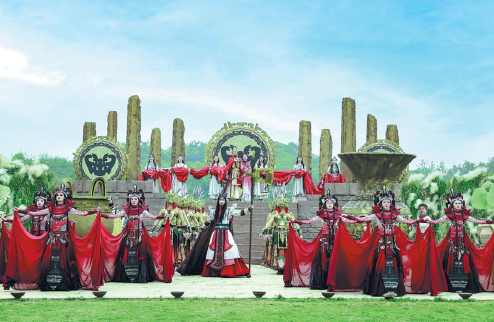
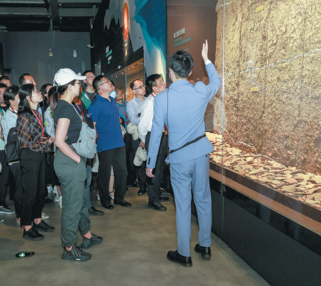
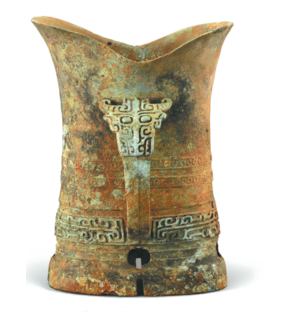


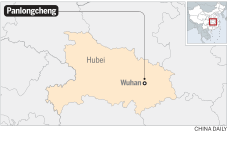

Today's Top News
- China reaffirms sovereignty over Taiwan, says complete reunification unstoppable
- A-share market surges past 100 trillion yuan milestone
- No reason for Germany to let political expediency hurt relations with China
- Book on Xi's views on strengthening, revitalizing armed forces published
- China supports Ukraine peace talks between all parties
- China to hold press conference on military parade preparations
















